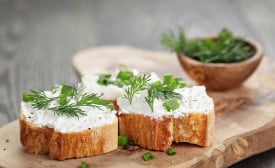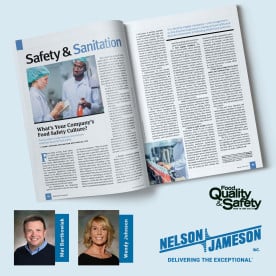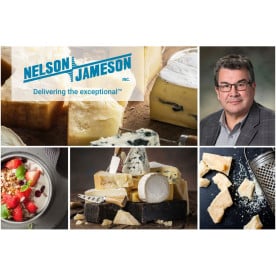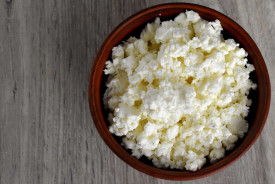Back in 1960s, Roald Dahl’s imagination ran away with Willy Wonka and his chocolate factory in Charlie and Chocolate Factory where Willy Wonka, Oompa-Loompas, and the Everlasting Gobstopper were created. In 1971 the movie Willy Wonka & the Chocolate Factory was released into theaters where we watched Willy Wonka drink from a tea cup and then eat it. It has been 45 years since the movie was created, and the age of edible or innovative packaging is becoming a reality.
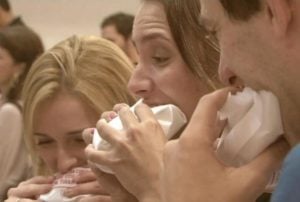 If we take the time to think about the amount of packaging we use on just one item, we might rethink what we could do differently. For example, as I’m writing this article I am eating a bag of microwave popcorn. The popcorn comes in a bag, the bag is in a cellophane wrapper, and the wrapped popcorn bag was in a box, inside another box that it was shipped in. That’s FOUR layers of packaging to get to the popcorn. According to the EPA based on the 2013 Fact Sheet, Americans alone generated about 254 million TONS of trash and composted over 87 million tons of this material. [See the statistics by clicking here!] One can easily see that our environment needs a break from the waste that we, as humans create.
If we take the time to think about the amount of packaging we use on just one item, we might rethink what we could do differently. For example, as I’m writing this article I am eating a bag of microwave popcorn. The popcorn comes in a bag, the bag is in a cellophane wrapper, and the wrapped popcorn bag was in a box, inside another box that it was shipped in. That’s FOUR layers of packaging to get to the popcorn. According to the EPA based on the 2013 Fact Sheet, Americans alone generated about 254 million TONS of trash and composted over 87 million tons of this material. [See the statistics by clicking here!] One can easily see that our environment needs a break from the waste that we, as humans create.
Just recently the American Chemical Society introduced a packaging film made of milk protein, casein. According to research leader Peggy Tomasula, D.Sc., “ The protein-based films are powerful oxygen blockers that help prevent food spoilage. When used in packaging, they could prevent food waste during distribution along the food chain.” [Learn more by clicking here.] Currently most food packaging is petroleum-based which puts additional unnecessary stress on our environment, with plastic taking up to 1,000 years to completely decompose. So by the time my kid is a grandparent, the plastic I’m using today still might not be decomposed.
At first the film was hard to handle and would easily dissolve in water too quickly. When citrus pectin was added to the blend the packaging became even stronger. Not only did it become stronger but it was more resistant to humidity and high temperatures. In the future, nutritious additives such as vitamins, probiotics and nutraceuticals could be added. Also, though casein doesn’t have a lot of flavor, flavors could actually be added in the future.
There are several drawbacks to casein-based packaging along with other edible packaging would require a secondary package to protect the edible packaging from getting wet and dissolving, or getting dirty and contaminated with microbes, becoming unsuitable for consumption. This issue also lies with other edible packaging developments. Edible packaging also has an uphill battle of overcoming the public's perception of eating the packaging that their food comes in, and trusting what they are consuming is healthy and won’t cause further health concerns like cancer down the road.
Casein is far from being the only player in the edible packaging sphere. For example, Loliware edible drinking cups; Bob’s Brazilian Hamburger Wraps; WikiCells, which are edible bites like yogurt balls by Stonyfield Organic; and Vivos Films are all creations of companies looking to package food with these new delivery methods.
Just think about it, we already eat apples, peaches, and other fruit and vegetable with the skins on. Those skins are fruits and vegetables own packaging. We eat that so why can’t we eat an environmentally-friendly cup that is made from sweeteners, filtered water, seaweed, and other natural flavors derived from fruits and vegetables? Maybe Willy Wonka wasn’t so far off...perhaps we can have our tea, and eat the cup and saucer too...
Image Credit: NY Daily News

